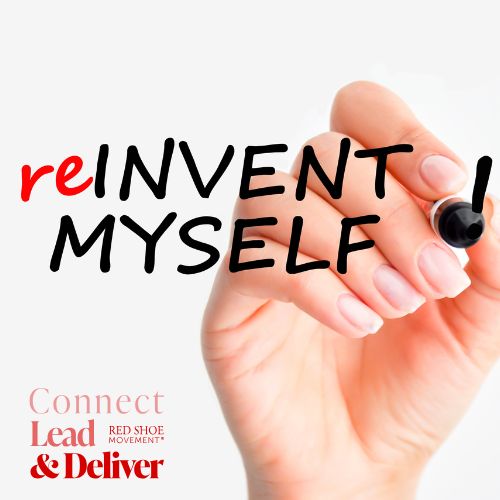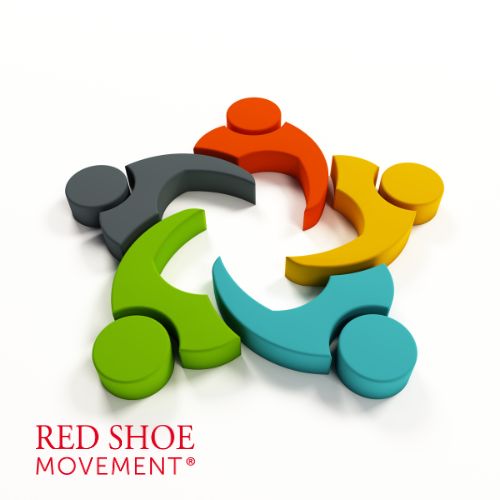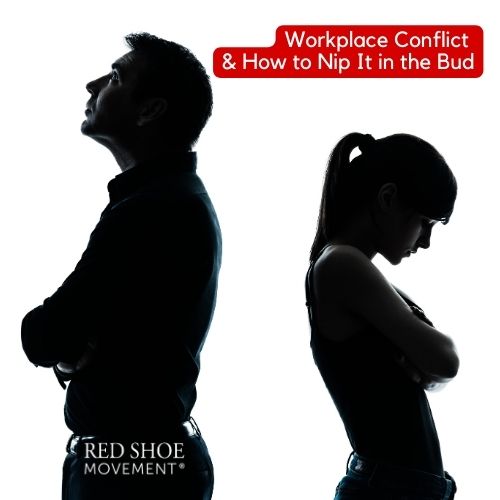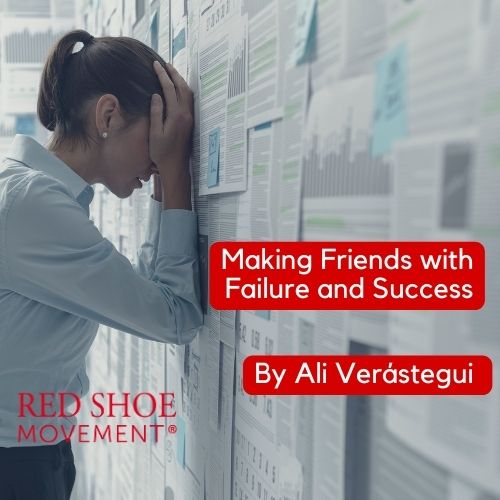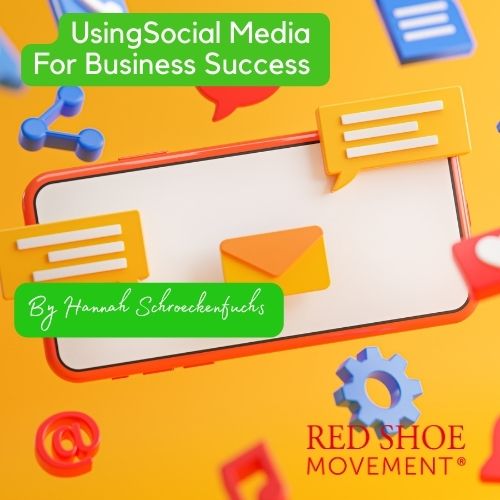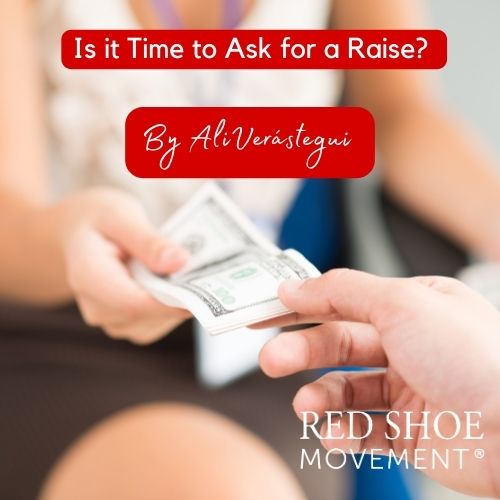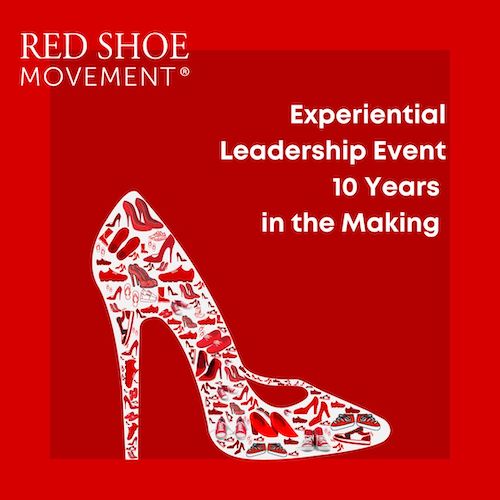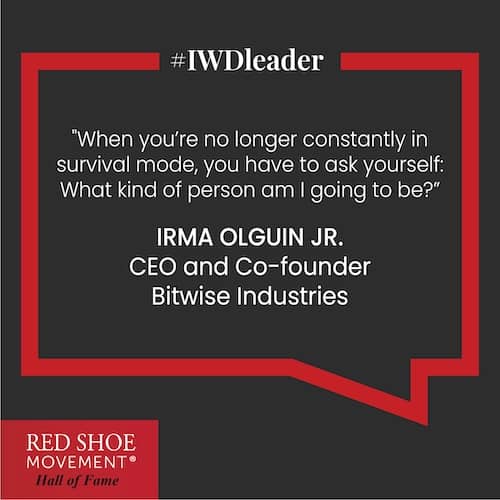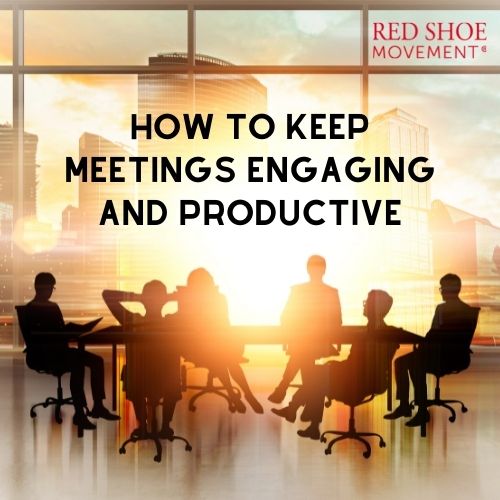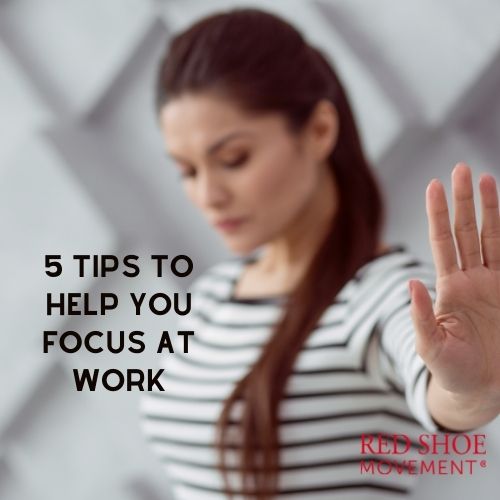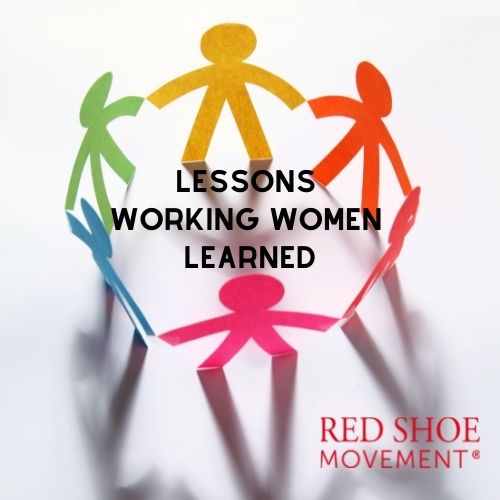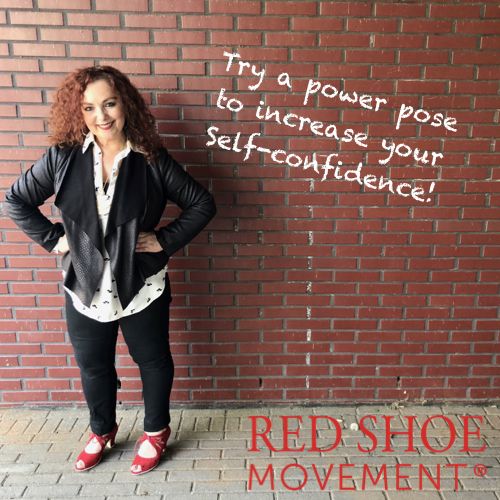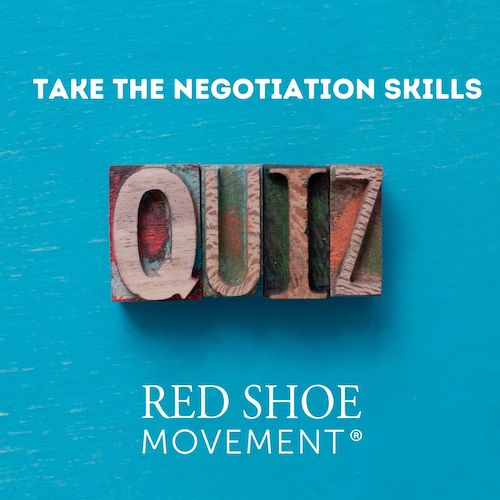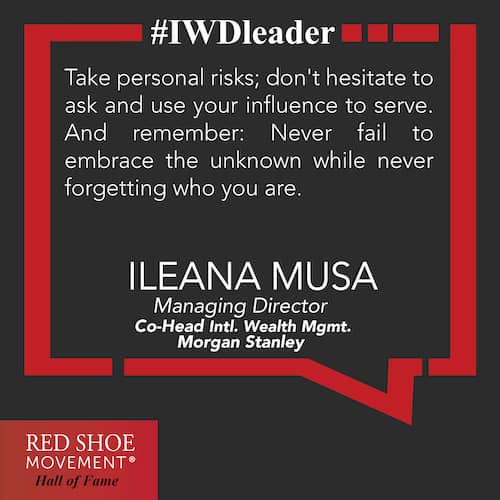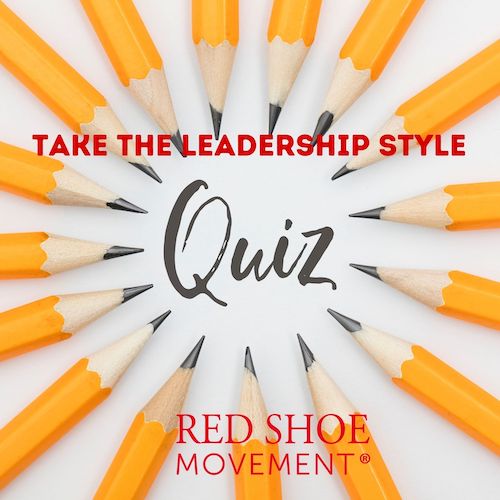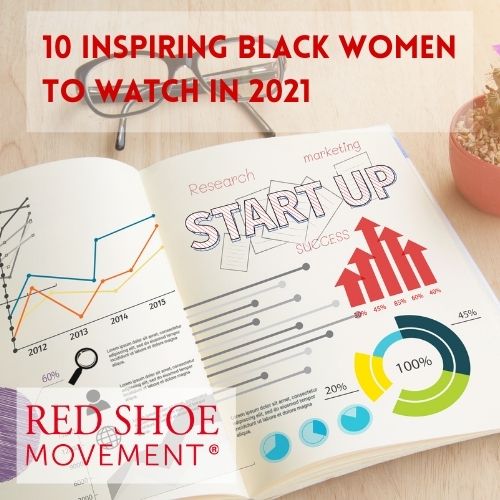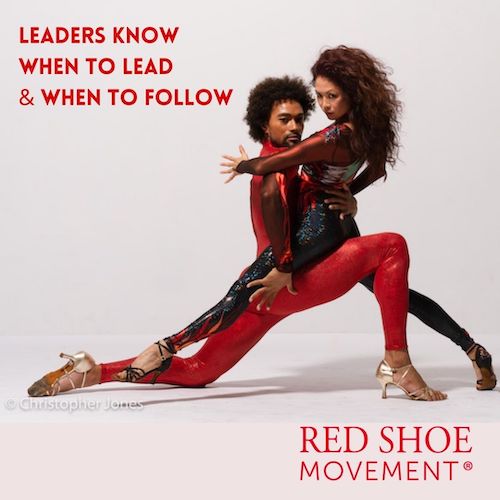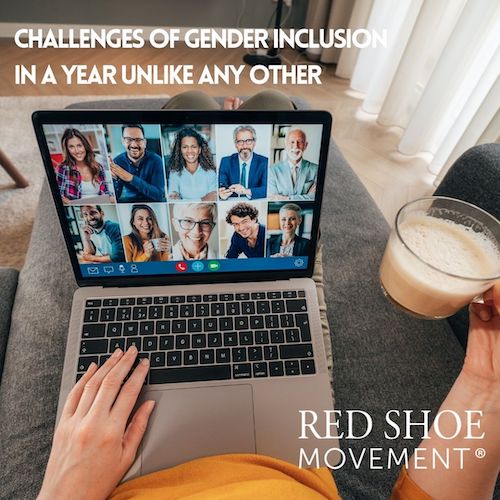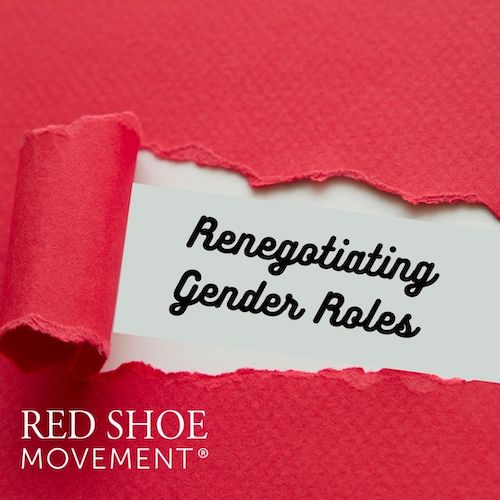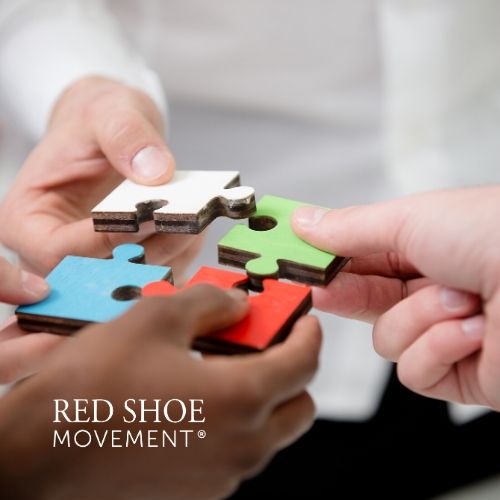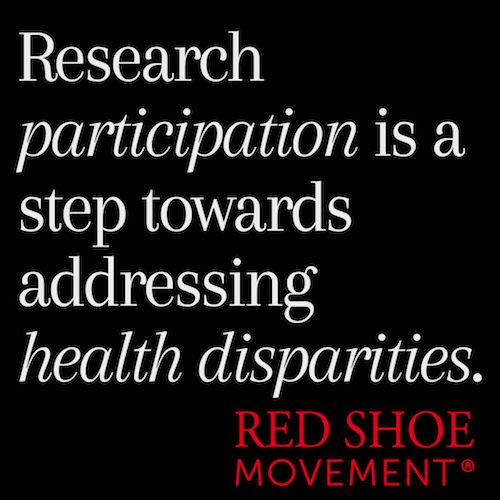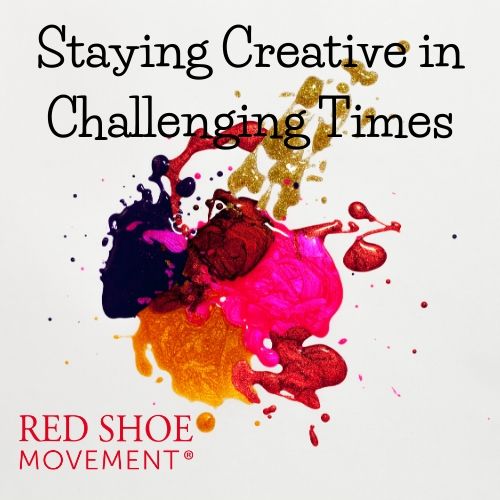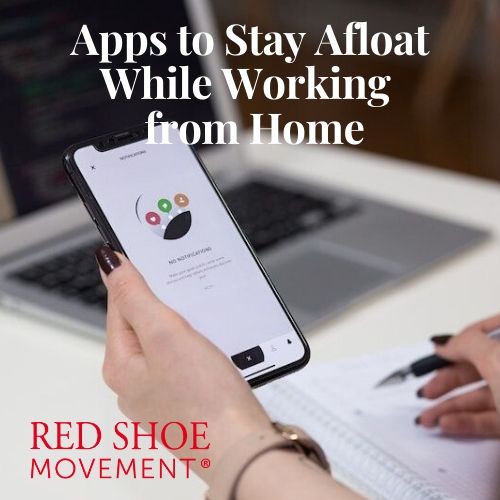Speaking up in high-stakes meetings shouldn’t require courage—but it often does. For many professional women, especially in male-dominated industries or senior-level rooms, asserting your ideas can feel like walking a tightrope: be too quiet and you’re overlooked, be too bold and you’re labeled “abrasive.”
A 2023 study published in Harvard Business Review shows that women are interrupted more often than men in meetings and receive less credit for their ideas—even when they speak up first.
So how can you break through the noise without losing your voice? How can you be assertive without triggering the backlash that often follows confidence?
The Double Bind—and How to Navigate It
The “double bind” is well documented: when women are assertive, they’re judged as less likable; when they’re collaborative, they’re seen as less competent. This creates an impossible standard—but you can navigate it with intention.
Assertiveness isn’t about dominating the conversation. It’s about expressing your ideas clearly, confidently, and respectfully—especially when the stakes are high.
Reframing Assertiveness as a Leadership Competency
Assertiveness is a power skill, not a personality trait. It helps you:
- Influence decisions
- Gain visibility
- Signal leadership potential
- Establish executive presence
When done right, it elevates not just your contributions, but also your credibility.
What Keeps Women from Speaking Up in High-Stakes Meetings
- Fear of being wrong or challenged publicly
- Concern about damaging relationships or team harmony
- Imposter syndrome or lack of psychological safety
- Past experiences of being dismissed or penalized for speaking up
These are real and valid barriers. But with the right mindset and strategies, you can push past them.
Strategies to Speak Up Without Being Shut Down
- Prepare Talking Points—But Also Power Questions
Don’t just plan what you want to say. Prepare high-impact questions that show strategic thinking.
Instead of: “I don’t agree with that.”
Try: “How would that play out across the LATAM market, given what we learned last quarter?”
Strategic questions keep you in the conversation and subtly assert your expertise.
- Use the “Cite and Build” Technique
One way to be assertive without alienating others is to build on someone else’s point—then introduce your perspective.
Example: “I agree with John’s point on customer retention—and I’d add that we might want to test that in two phases to measure impact more precisely.”
This approach creates buy-in and signals that you’re listening as well as leading.
- Speak Early, Speak Often
Studies show that the longer you wait to speak in a meeting, the harder it is to jump in—and the more self-doubt creeps in. Make a small comment early (“That’s an interesting direction” or “Let’s come back to that…”) so your voice is part of the room from the beginning.
This “early imprint” strategy is especially effective in virtual meetings, where visual cues are limited.
- Lower the Stakes—Mentally
Instead of thinking, “This is a career-defining moment,” reframe the meeting as a collaboration where you’re contributing value, not proving worth.
Ask yourself: What’s the risk if I say nothing?
- Be Direct, Not Defensive
Drop the “I think” and “I just” qualifiers. They dilute your message.
Instead of: “I just wanted to quickly say that I think maybe we should…”
Say: “We should consider testing this feature with our Gen Z users first.”
Confidence is contagious—and it invites engagement.
An exception to this suggestion is if you’re already perceived as a very assertive woman. In this case using tentative talk can add “warmth” and thus better position you as a “likeable badass”.
- Back Up Your Point with Data or Impact
High-stakes rooms respond well to outcomes. Anchor your point in either customer impact, revenue, risk mitigation, or strategic alignment.
Example: “This approach could reduce churn by 12%, based on our pilot data.”
This makes your voice harder to dismiss and positions you as results-focused.
- Claim Your Ideas—But Share Credit Strategically
If you introduce a strong idea, circle back to it later: “To build on what I mentioned earlier…”
But if someone adds to your idea, acknowledge them and keep your ownership: “Thanks for expanding on my point about retention—your add about segmentation is great.”
This balances assertiveness with collaboration.
- Ask for Feedback on Your Participation
If you’re unsure how your presence is landing, ask a trusted peer or mentor to observe a meeting and give you candid feedback. This creates a loop for growth and helps you test how assertiveness feels and is perceived.
Keep in Mind
Speaking up isn’t a personality thing—it’s a skill you can build. The more you do it, the easier it becomes. And the more strategic you are, the more your voice becomes a leadership asset.
You deserve to be heard—not just because you have great ideas, but because the future of leadership depends on diverse voices being in the room and at the table.
And if you’re ready to build your power skills and your self- confidence, join our Step Up Women year-long leadership program today.





































